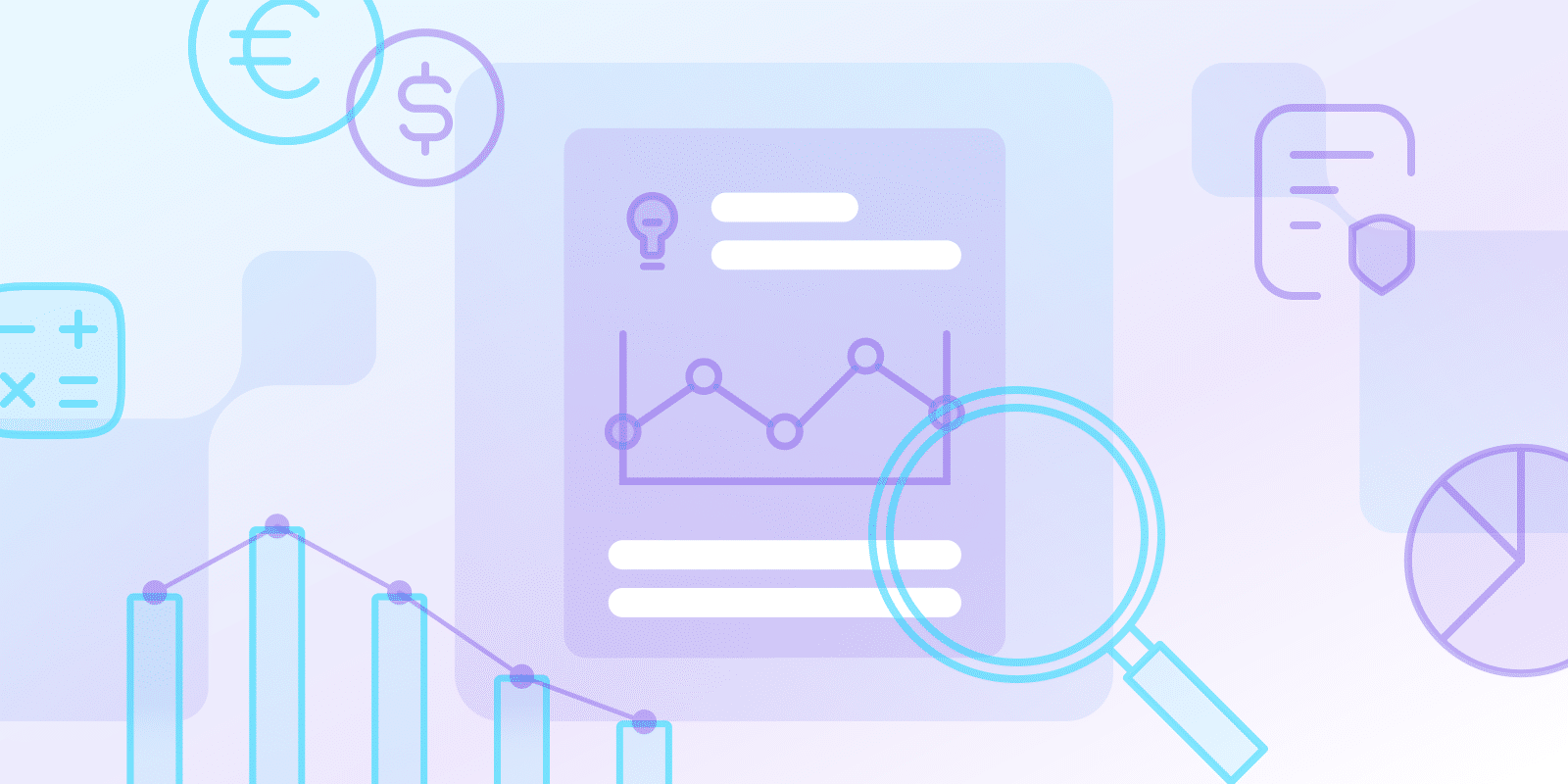클라우드 컴플라이언스
SaaS 규정 준수 감사 추적이란 무엇인가요?
게시일: 2025년 4월 4일

SaaS 규정 준수 감사 추적이란 무엇입니까?
규정 준수 감사 추적은 특정 기간 동안 시스템 내 또는 데이터 세트에서 발생한 모든 활동의 기록입니다. 다양한 산업의 특정 규정 및 표준 준수를 보장하는 데 필수적인 도구입니다.
다음과 같이 생각해 보세요. 시스템 내에서 발생하는 모든 작업에 대한 기록을 유지합니다. 여기에는 사용자 이름, 수정된 데이터, 구성 변경, 무단 시스템 액세스 시도가 포함됩니다.
이처럼 철저한 감사 추적은 보안 문제 해결, 의심스러운 활동 식별, 문제의 근본 원인 파악에 도움이 됩니다. 그러나 감사 추적에 대한 요구 사항은 산업 및 규정에 따라 다르므로 관련 규칙을 따라야 합니다.
감사 로그는 규정 준수 및 보안에 어떻게 기여합니까?
감사 로그는 규정 준수 보장 및 강력한 보안 정책 수립에 매우 중요한 역할을 합니다. 감사 로그는 사용자 활동 및 시스템 이벤트에 대한 기록을 제공하여 SaaS 기업이 규정 준수를 확인하고, 잠재적인 보안 침해를 식별하고, 문제 발생 원인을 파악할 수 있도록 합니다.
HIPAA, PCI-DSS, GDPR은 감사 로그에 대한 특정 규정을 가지고 있으며, 사고 후 복구, 사고 대응 및 포렌식 분석 시 매우 유용할 수 있습니다. 감사 로그는 시스템 구성 최적화에 도움이 되지만 시스템 효율성이 어떻게 정의되고 로그가 어떻게 사용되는지에 따라 달라질 수 있습니다.
그러나 감사 로그의 효 effectiveness는 정보의 정확성, 완전성 및 유효성에 따라 달라집니다. SaaS 조직은 감사 로그의 정확성, 개인 정보 보호 및 보안을 보장하기 위해 충분한 제어 기능을 마련해야 합니다.
감사 로그에는 일반적으로 어떤 필수 정보가 포함됩니까?
감사 로그는 시스템 또는 애플리케이션 내에서 발생하는 모든 활동을 기록하는 중요한 기록입니다. 이러한 로그는 로그인, 설정 변경 적용, 다양한 애플리케이션 사용과 같은 사용자가 수행한 모든 작업의 기록을 제공합니다. 감사 로그의 정보는 관련 표준 및 규정 준수를 확인하는 데 사용할 수 있습니다.
감사 추적을 통해 SaaS 조직은 관련 요구 사항 준수 및 민감한 정보 보호 프로토콜 준수를 입증할 수 있습니다. 또한 감사 로그는 보안 사고 조사에서 중요한 역할을 합니다.
이러한 로그에 포함된 자세한 정보는 문제의 원인을 파악하고 악의적인 활동을 추적하며 해당 활동을 수행한 사람에게 책임을 할당하는 데 도움이 됩니다. 감사 로그에 포함된 세부 정보는 시스템 또는 애플리케이션에 따라 다를 수 있다는 점에 유의해야 합니다.
그러나 효과적인 감사 로그에는 규정 준수, 보안 또는 둘 다와 관련될 가능성이 있는 모든 활동이 포함되어야 합니다.
감사 로그에는 어떤 유형의 활동과 개인이 기록됩니까?
사용자 로그인, 데이터 업데이트, 프로그램 실행, 파일 액세스, 시스템 변경과 같은 수많은 활동들을 감사 로그를 통해 모니터링할 수 있습니다. 저장 가능한 세부 정보의 예로는 정확한 타임스탬프, 사용자 ID, 수행된 작업, 액세스 또는 업데이트된 자료, 심지어 사용된 IP 주소까지 포함됩니다. 또한 감사 로그 항목은 관리자, 일반 사용자, 시스템 기능을 포함한 여러 사용자를 구분할 수 있습니다.
감사 로깅 시스템 설정은 기록된 작업 및 개인의 정확한 범위에 영향을 줄 수 있습니다.
감사 로그에 기록된 바와 같이 일반적으로 어떤 유형의 시스템 또는 리소스가 액세스 또는 수정됩니까?
감사 로그는 계정에 입력된 모든 항목 또는 표시된 정보에 대한 변경 사항을 기록합니다. 이러한 로그는 회사의 개인정보 보호 정책이나 정부의 개인정보 접근 요구 사항과 같은 다양한 영역의 규정을 준수하는 데 필수적입니다.
또한 사용자 활동 모니터링을 통해 잠재적인 사기 또는 의심스러운 행동을 감지할 수 있습니다. 이 정보를 수집하면 현재 시행 중인 보안 정책 및 관행을 더 잘 이해하고 취약한 부분을 파악하는 데에도 유용합니다.
규정 준수 감사 중 평가되는 주요 영역은 무엇인가요?
데이터 보안 및 개인 정보 보호, 재무 통제, 운영 절차 및 규정 준수는 준수 감사에서 평가하는 몇 가지 중요한 영역입니다.
- 개인 정보 보호 및 데이터 보안: 이 섹션에서는 재무 기록, 고객 정보 등과 같은 민감한 데이터에 대한 조직의 보안 조치에 중점을 둡니다. 지적 재산.
- 재무 통제 섹션: SaaS 조직의 사기 및 재무 허위 진술 방지를 위한 절차와 정확한 재무 보고에 대한 약속을 설명합니다.
- 운영 절차: 이 섹션에서는 SaaS 회사가 설정된 정책과 절차를 얼마나 잘 준수하는지 평가하여 일상적인 활동의 일관성과 효율성을 보장합니다.
기업들이 데이터 유출 위험을 최소화하기 위해 어떤 전략을 사용하고 있습니까?
SaaS 기업은 다양한 전략을 사용하여 다음의 가능성을 줄입니다. 데이터 유출. 이러한 전략에는 엄격한 보안 조치 시행, 직원에 대한 철저한 교육 제공, 효과적인 위험 관리 계획 수립이 포함됩니다. 이러한 전략의 효율성을 보장하려면 정기적인 평가 및 수정이 필요합니다.
기업은 어떻게 지속적인 규정 준수를 달성할 수 있습니까?
SaaS 회사가 해당되는 규칙 및 규정, 예를 들어 PCI DSS, GDPR또는 HIPAA을 준수하는 것은 지속적인 규정 준수라는 지속적인 활동입니다. 위험 식별, 평가 및 완화에 대한 체계적인 접근 방식이 필요합니다. 다음을 통해 프로세스 자동화, 실시간 데이터 제공 및 개선된 데이터 의사 결정, 기술은 지속적인 규정 준수를 지원하는 데 필수적입니다.
법적 및 재정적 위험을 줄이는 것 외에도 강력한 규정 준수 프로그램은 윤리적 행동을 장려하고 이해 관계자의 신뢰를 구축합니다. 지속적인 규정 준수 유지는 최종 목표가 아니라 프로세스라는 점을 기억하십시오. 프로그램의 효율성을 유지하려면 정기적인 검토 및 조정이 필요합니다.
결론
보안 및 규정 준수는 귀중한 데이터를 보호하고 회사의 운영 효율성을 유지하는 데 필수적입니다. 강력한 규정 준수 감사 추적 시스템을 구현함으로써 사전 예방적 위험 평가 및 완화가 가능하며, 이는 사용자 활동 및 시스템 이벤트에 대한 철저한 모니터링을 보장합니다.
모든 규모의 기업은 지속적인 위험 관리를 채택하고 최상의 감사 관행을 준수함으로써 데이터 유출 위험을 줄이고 장기적인 규정 준수 환경을 유지할 수 있습니다. 민감한 데이터 보호 및 장기적인 비즈니스 성공은 사전 예방적인 위험 관리와 규정 준수에 달려 있음을 기억하십시오.